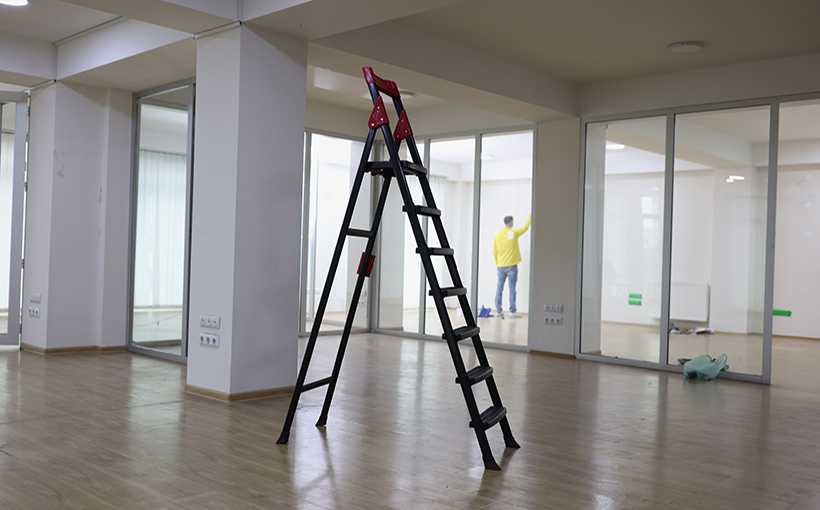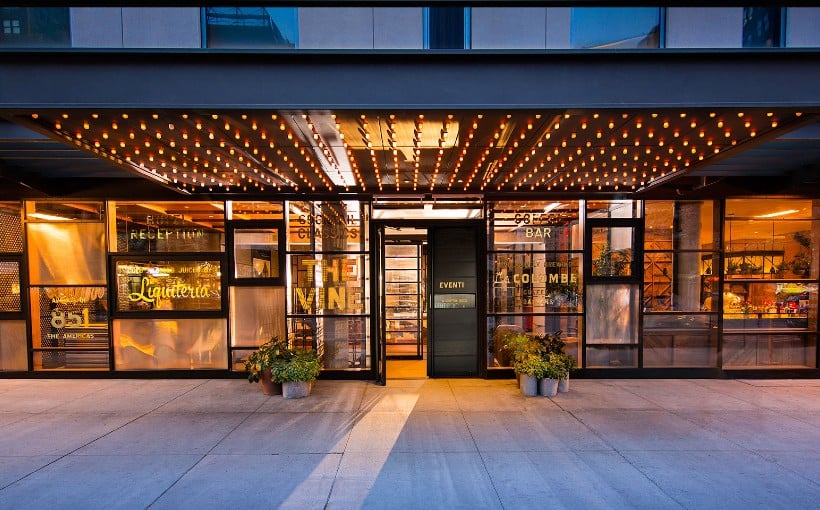In the past, tenants looking for a specific style of office space would often request a tenant improvement allowance (TI) as part of their lease agreement. This allowed them to customize their workspace according to their needs.
However, with the arrival of the pandemic, many aspects of the office sector were disrupted – including the use of TIs. According to a recent report by CompStak, there was an abrupt shift in tenants’ workplace requirements and they became more hesitant about committing to lengthy build-out processes associated with tenant improvements. As a result, there has been an increase in landlord-built spaces and lease transactions.
So what exactly are landlord-built spaces? Unlike TI projects where tenants have control over how their space is finished out, landlord-built spaces involve building owners investing upfront money into finishing out different levels before signing on new or existing tenants. Examples include pre-built units or turnkey projects.
The CompStak report revealed that since 2018 there has been double-digit growth in effective rent premiums for these types of spaces.
Historically popular among small businesses operating from smaller offices seeking ready-to-use space options; post-pandemic trends show that transaction sizes for these types have increased while those involving tenant improvements have declined across all deal sizes.
One reason behind this trend is time efficiency – deals involving landlord-built spaces move much faster than those requiring TI work (about 33% quicker). This means that tenants can occupy and start operations sooner rather than waiting through lengthy construction delays after signing on leases.
Another factor contributing to this growing interest is higher-quality completed spaces which are attractive when trying to bring employees back into physical offices while minimizing delays between lease signing and move-in typically associated with post-execution build-outs. Additionally,”the current competitive nature within the office market makes it crucial for landlords to attract potential clients quickly,” says Alison Baumann from CompStak’s Director Real Estate Intelligence team.”To achieve this goal landlords must pre-emptively build out more spaces to appeal to tenants who are looking for a completed space. These are the deals that are being leased over others.”
The report also highlighted a stronger correlation between lease and work values with landlord-built spaces, making them even more appealing to tenants.
Looking ahead, it is still too early to predict if this trend will continue in the long term as the office market continues its transformation. However, given the current competitive nature of the market and tenant’s negotiating power, it is likely that landlords will continue offering built-out ready-to-go spaces.
Furthermore, concessions – which refer to money allocated towards “work value” in an office deal – remain high compared to pre-pandemic levels. This includes both landlord-built space and TI dollars for tenant build-outs.”There has been no indication of a decline in concessions yet,” says Baumann.”As long as these trends persist we can expect landlords may continue offering built-out options.”




